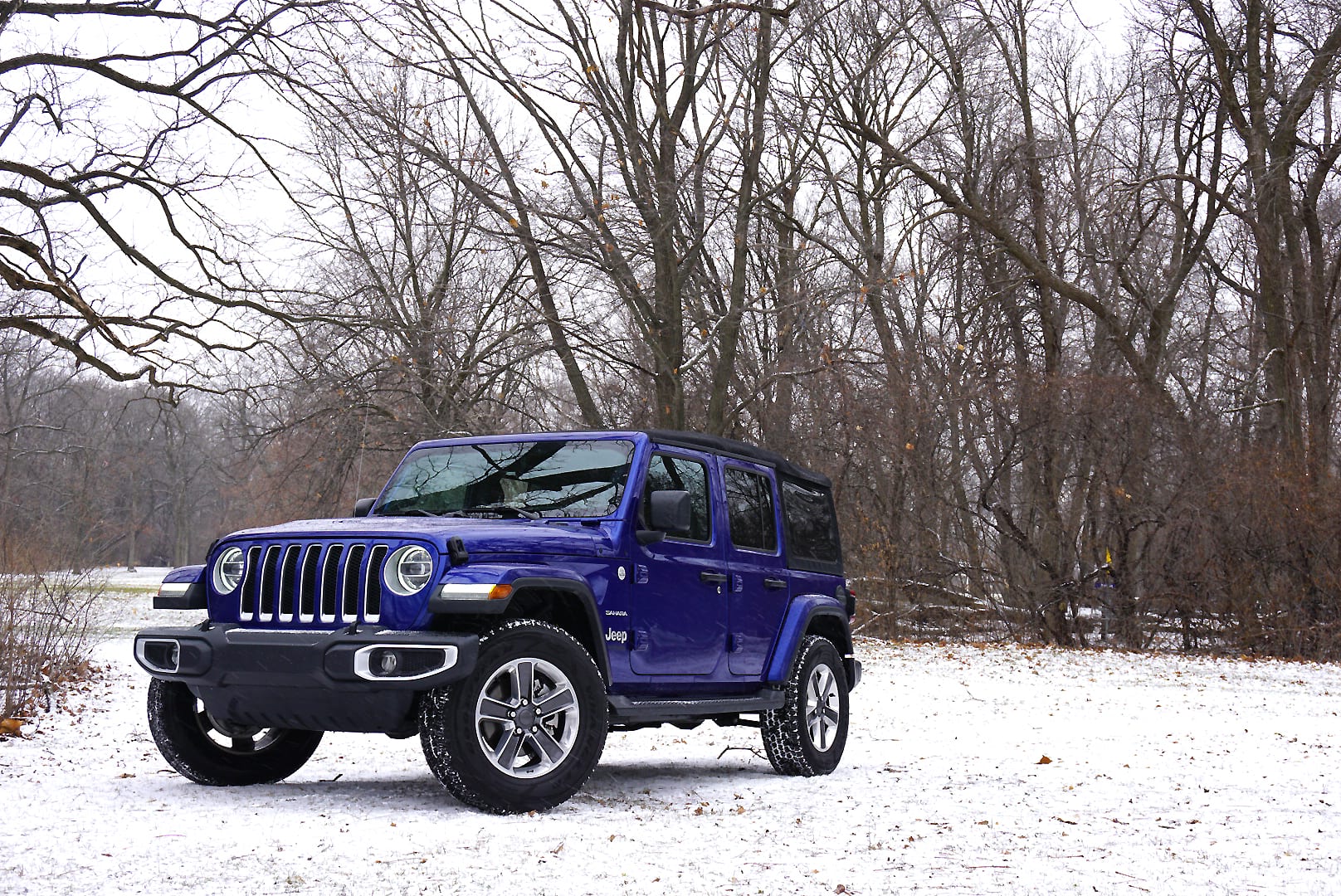

A full charge using the Level 1 charging cord took just under 17 hours, while Level 2 charging took about two and a half hours.

We plugged it in five times, and despite an overall route that skewed more to long-distance highway travel than around-town errands, we managed to do 138 miles on grid electricity alone.

Over five days, we put 276 miles on our test Wrangler 4xe. The e-Save button also toggles to invoke Battery Charge, which recharges the pack using engine power. Inside, a row of three buttons lets users select among Hybrid (the default), Electric (when the battery is charged), and e-Save (to hold battery charge for later use) modes. It’s covered by a latched black plastic cover, but that and some graphics are the only exterior signs that this Jeep differs from any other version in the current lineup. The charging port sits high up on the cowl, between the back of the hood and the front edge of the driver’s door. Total output is quoted at 375 hp and 470 lb-ft, which is exceeded only by the Wrangler version with a massive 392-cubic-inch V8. The e-motor also provides regenerative braking to recharge the battery, and there’s an integrated 33 kW (44 hp) starter-generator as well. The combination is connected to a transfer case that distributes power mechanically to all four wheels. It’s sandwiched between a 2.0-liter turbocharged 4-cylinder engine (rated at 270 hp and 295 lb-ft of torque) and the 8-speed automatic transmission. The Jeep’s electric motor is rated at 100 kilowatts (134 horsepower) and 181 foot-pounds of torque. The 4xe’s 17.3 kWh battery pack sits under the rear seat. The plug-in powertrain is offered only in the four-door Wrangler Unlimited model, not the shorter two-door Wrangler. It was all-new for the 2018 model year, and was engineered from the start to accommodate 2021’s PHEV version. Its modern-day descendant, the Jeep Wrangler, is redesigned about once per decade. The very first Jeep, in fact, hit World War II battlefields almost 80 years ago now. The other is the SUV that started it all, an iconic vehicle known the world over for ruggedness and go-anywhere capability. One’s the best of the dwindling segment of 7- and 8-seat vehicles that aren’t hulking SUVs. That’s not surprising-the Chrysler Pacifica Hybrid, the company’s only previous plug-in hybrid, is a well-executed PHEV with an EPA-rated 32 miles of usable electric range that retains all the virtues of the Pacifica minivan. We tested the 2021 Jeep Wrangler 4xe in late May, and found that it largely lived up to both the Wrangler legend and the promise of a plug-in hybrid. That event was meant to show that the new company, a combination of the old Fiat Chrysler Automobiles with Europe’s Peugeot Citroën, had the plans to electrify its model line that FCA conspicuously lacked. On both sides of the Atlantic, the 4xe will be followed by plug-in versions of every other Jeep by 2025, parent company Stellantis announced during a July press briefing. The Wrangler 4xe (pronounced “four-by-e”) will become Jeep’s third plug-in hybrid for Europe, where far more stringent emission rules encourage plug-in cars of all types. But for North America, it’s the big dog, the quintessential Jeep 4×4. In Europe, it was smaller Jeeps-the subcompact Renegade and compact Compass family SUV-that got their plugs first. The accelerating pace of electric vehicle launches has brought us to this: The first Jeep in the US to get a plug-in hybrid version is the legendary Wrangler.


 0 kommentar(er)
0 kommentar(er)
